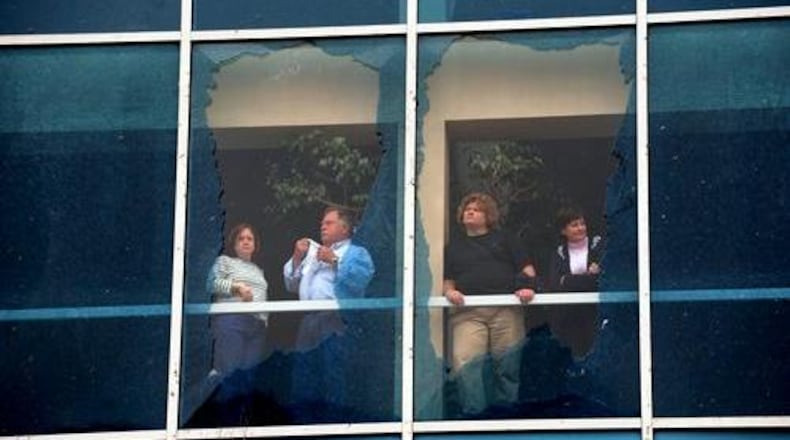When you hear or read about a tornado, you'll often see that it's been assigned a number from zero to five. That's because the National Weather Service assigns each tornado a rating according to the Enhanced Fujita Scale. The tornado scale is named for Ted Fujita, who developed the original scale when he was a University of Chicago scientist.
Both the original Fujita Scale and the Enhanced Fujita tornado scales categorize tornadoes by their intensity and area. From 1971-2007, the Fujita Scale was used, and the Enhanced Fujita has been used since then.
Fujita Scale vs. Enhanced Fujita Scale
The new tornado scale was devised by meteorologists and engineers who made some adjustments to the original version. As more data was gathered over the years, scientists and engineers learned more about specific types of damage caused by varying wind speeds. As a result, they adjusted the scale to reflect this knowledge. The wind speeds for the original scale were decreased for category 3 and higher, and instead of grouping all types of structures together as the original scale did, the Enhanced Fujita gives detailed damage estimates for separate structures such as homes, mobile homes, barns, vehicles and trees, according to The Weather Channel. It also accounts for damage ranging from light damage to total destruction. The wind speed ranges are estimates, based on the damage caused.
Enhanced Fujita Classifications
The Enhanced Fujita Scale is arranged as follows:
- EF 0: winds estimated at 65-85 mph (usually light damage, including damage to gutters and siding)
- EF 1: 86-110 mph (moderate damage, including broken windows, severely stripped roofs, severe damage to mobile homes)
- EF 2: 111-135 mph (considerable damage, including roofs torn off homes, complete destruction of mobile homes, large trees uprooted.)
- EF 3: 136-165 mph (severe damage, including damage to large buildings, debarked trees.)
- EF 4: 166-200 mph (devastating damage, including the leveling of some well-constructed homes.)
- EF 5: greater than 200 mph (incredible damage, including homes swept off their foundations and significant damage to high rises.)
Changing a tornado's ranking
After a tornado, National Weather Service meteorologists investigate and evaluate the actual damage caused, which can cause a change in a tornado's ranking on the scale. The process can be complicated, however, if the tornado occurs in open, rural fields where there aren't many structures or trees to help measure damage. In this case, Doppler radar wind speed data can be used, but this information is available for only a small percentage of tornadoes. In addition, it measures instantaneous winds that are usually high off the ground, and the EF scale is designed to describe winds that last for three seconds at 10 meters off the ground.
An inexact measurement
As a result, the scale remains inexact. An El Reno, Oklahoma, tornado that had some of the strongest winds ever measured and took the lives of several storm chasers remains classified as an EF3, despite attempts to have it upgraded to an EF5, according to National Geographic.
The U.S. averages over 1,000 tornadoes per year – the most in the world. Georgia averages about 30 per year. Since 1950, 59 tornadoes in the U.S. have been classified as F5 or EF5.
About the Author
The Latest
Featured


